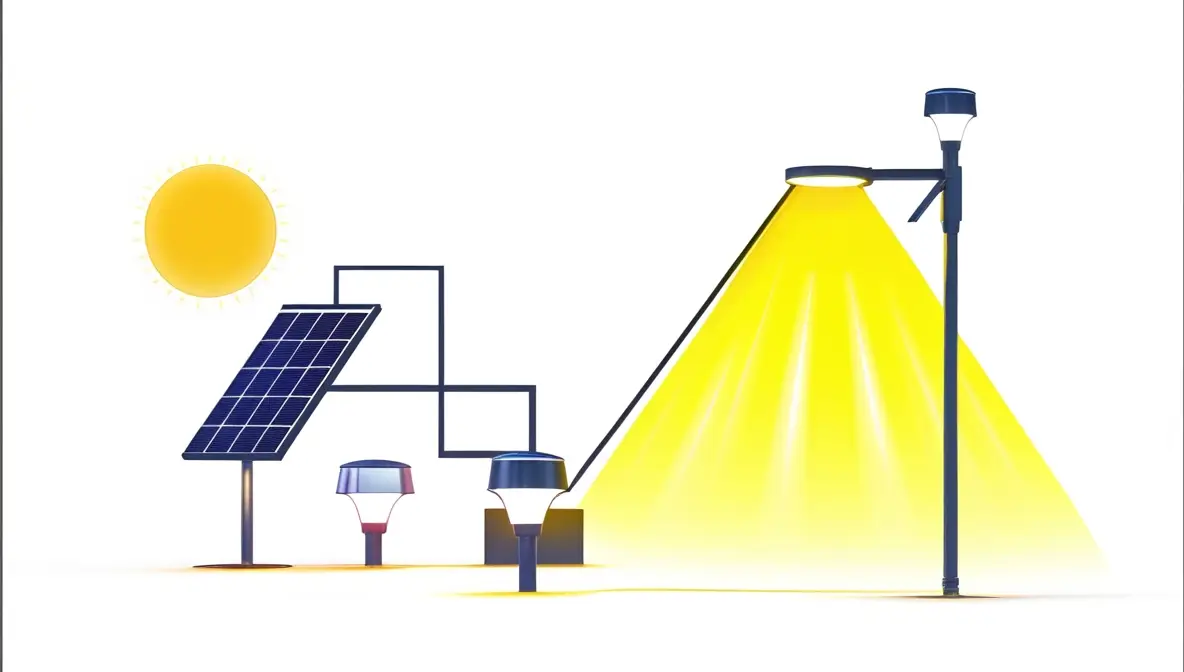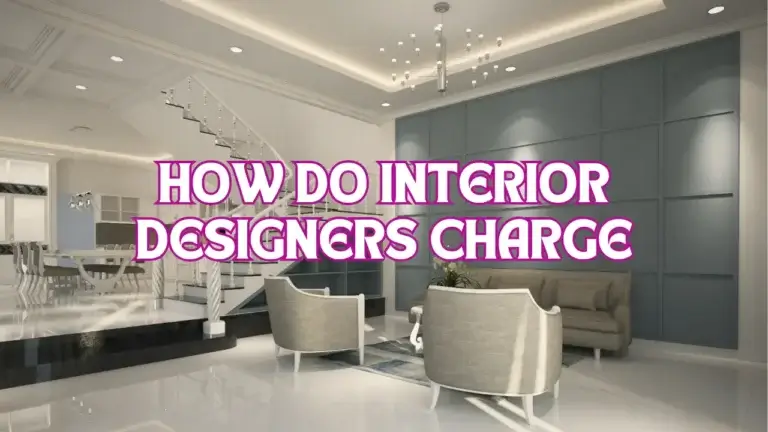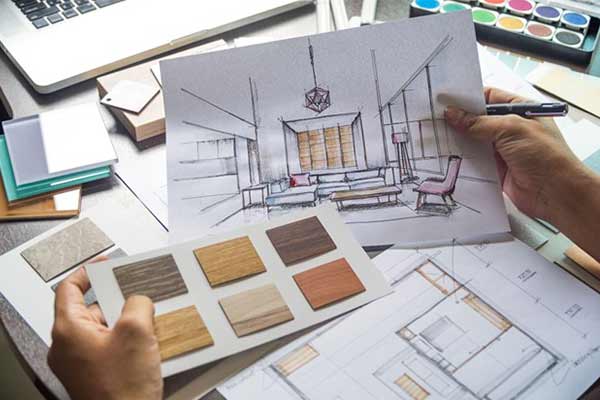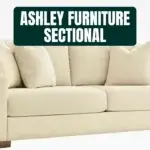Yes, solar lights can work inside. They do need sunlight to charge.
Do Solar Lights Work Inside? The performance depends on the light source and placement. Indoor solar lights are an eco-friendly option. They offer a unique solution for lighting needs. These lights rely on solar panels to gather energy. Placing them near windows helps maximize sunlight exposure.
They can illuminate areas without wiring or electricity. This makes them ideal for certain indoor spaces. Understanding how to set them up is crucial. In this post, we explore their functionality. We discuss placement and effectiveness. This guide helps you decide if indoor solar lights are right for you.

Credit: www.amazon.com
Introduction To Solar Lights
Solar lights are powered by the sun. They use solar panels to collect sunlight and turn it into energy. This energy is stored in a battery. At night, the light uses this stored energy to shine.
Solar lights have three main parts: a solar panel, a battery, and a light. The solar panel collects sunlight. This sunlight is changed into electricity. The electricity is stored in the battery. At night, the battery powers the light.
Solar lights are often used outside. They light up gardens, paths, and driveways. Many people use them for security. Solar lights are also used in yards and parks. They are great for camping and outdoor activities.
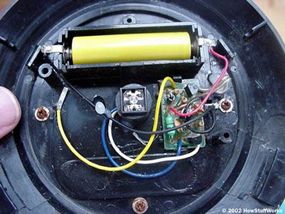
Credit: home.howstuffworks.com
Solar Lights Indoor Usage
Solar lights can work indoors. They need sunlight to charge. Place solar panels near windows. Natural light will help them charge. Use them in rooms with lots of sunlight. They work well in bright kitchens or sunrooms. Avoid dark rooms. They may not charge well there. Indoor solar lights save energy. They are also eco-friendly.
Indoor solar lights are easy to use. They do not need wiring. Simply place them and they work. They save on electricity bills. Solar lights are eco-friendly. They reduce carbon footprint. They are also cost-effective. No need to buy batteries often. Solar lights are safe. No risk of electric shock. They also provide bright light. Good for reading or working. Perfect for emergency use. They work during power cuts. Reliable and durable.
Challenges Of Indoor Solar Lighting
Indoor solar lighting faces challenges due to limited sunlight. Glass windows block some UV rays, reducing efficiency. Positioning solar panels in the best spots is crucial for optimal performance.
Limited Sunlight Exposure
Indoor solar lights get less sunlight. This affects their performance. Shadows and curtains block sunlight. Solar panels need direct sunlight. Windows may not provide enough light. This leads to reduced efficiency. Lights may stay dim or not work at all. It’s hard to place solar panels indoors.
Effect On Light Efficiency
Low sunlight means low energy. Solar lights need energy to shine. If solar panels get less light, they store less energy. This makes the lights dim. Also, they may not stay on for long. Efficiency drops without enough sunlight. Think about placing solar panels near sunny spots. This can help a bit.
Types Of Indoor Solar Lights
Indoor solar lights come in various types, including solar desk lamps, solar pendant lights, and solar wall lights. These lights work by capturing sunlight through small solar panels and storing energy in batteries for nighttime use. Perfect for energy-efficient lighting inside the house.
Solar-powered Lamps
Solar-powered lamps are great for indoor use. They have small solar panels. These panels collect sunlight during the day. They store energy in batteries. At night, the lamps use this stored energy. No need for electric outlets. They are perfect for areas with no power. They are easy to move around. You can use them in different rooms. They can save energy and money.
Solar String Lights
Solar string lights are also good for indoors. They have tiny solar panels. These panels charge during the day. The lights work at night using stored energy. They create a cozy atmosphere. You can hang them in your room. They are great for parties and decorations. Easy to install and move. No need for electric power. They are safe and eco-friendly.
Optimizing Indoor Solar Light Performance
In order to make the most of your indoor solar lights, placement and charging methods are key. Here are some guidelines for making the most of them.
1. Place Solar Lights Near Windows
- Ideal Location: Place your solar lights close to windows that enjoy direct sunlight.
- South-Facing Windows: Windows that face south receive the most sun all day, so they’re great candidates for solar light placement.
- Large Windows: Larger windows have more sunlight coming into the home. So, Large windows are always better than small.
- Clean the Windows Regularly: Keep windows as clean as possible so they can maximally allow the sun through. Dirt or dust on windows can prevent sunlight reaching the panel and reduce performance.
- No Shade: Also make sure the position of solar light isn’t in shades because trees, buildings, or furniture can block sunlight.
2. Use a USB Charger for Low Sunlight
- Low Sunlight Solution: When there aren’t many hours of sunlight or your solar light is not getting enough charge, you can use a USB charger to keep the battery charged.
- USB Ports on Lights: Some solar lights have built-in USB ports. If it has this feature, it should be specified in the light’s manual.
- Recharge: Plug the light into a USB port for a few hours for added power and to keep it going.
3. Use an External Solar Panel
- Supplement Charging: If the internal solar panel is not enough, add an external solar panel.
- Benefit from Solar External Panel (Extra Charging)The external panel can connect to the solar light providing additional charging options, creating possibilities, especially on cloudy days or low-sun days.
Comparing Indoor Solar Lights To Other Lighting Options
Compared to traditional light sources, indoor solar lights have numerous advantages in terms of cost efficiency, energy saving, and environmentally friendly. So, to help you see how all this translates into an advantage of selecting solar lighting solution for your interiors, we have a comparison.
1. Cost Savings
Indoor Solar Lights:
- Solar lights harness free renewable energy from the sun, so once you set them up, there’s no electricity costs to power them.
- Low upkeep: Solar lights need much less maintenance, and the batteries have a longer life.
- Then you have EVs, which have an initial cost but save you on bills in the long run by having no electricity bill, at least not once you have made the initial investment.
Traditional Lights:
- Traditional lighting consumes electricity from the grid, raising your monthly electricity bills.
- Traditional lights can actually get more expensive over time due to bulb replacements/ higher energy consumption.
2. Energy Efficiency
Indoor Solar Lights:
- Solar lights are a very efficient way to convert sunlight into electricity. The process that comes about is clean, renewable and does not waste energy.
- They also operate even in low sunlight conditions, making them a great option for indoor spaces that don’t always see the full brunt of sunlight.
Traditional Lights:
- Traditional lights need electricity, and this energy is lost to heat, making them less efficient.
- They also waste more energy — incandescent and halogen bulbs radiate a lot of energy as heat but use a great deal of power to produce light.
3. Environmental Impact
Indoor Solar Lights:
- Solar lights are environmentally friendly as they utilize solar energy, a renewable source that never adds to carbon emission.
- They also assist in decreasing your carbon footprint; therefore, they’re an eco-friendly option for eco-friendly individuals.
Traditional Lights:
- Standard lighting options, particularly those that implement incandescent or fluorescent light bulbs, use excessive amounts of non-renewable resources and release greenhouse gases.
4. Maintenance
Indoor Solar Lights:
- Maintenance costs are generally low with solar lights. Batteries could last for decades, and after the first installation, replacements are relatively few.
- Should be cleaning your solar panels periodically, as that will help you in collecting the sunlight more efficiently.
Traditional Lights:
- But those bulbs have to be changed regularly, and that can add up over time. Depending on the bulb, it may need replacement frequently. Electronics, for example, have a shorter lifespan when compared to LED or CFL bulbs; therefore, incandescent bulbs burn out faster.
User Experiences With Indoor Solar Lights
Many people have shared their positive experiences with indoor solar lights. Some use them in places where normal lights are hard to install. For example, in sheds or basements. Others use them in sunrooms or near windows. During the day, the lights charge from the sunlight. At night, they provide a good amount of light. Energy savings and easy installation are the main benefits people mention.
While many people like indoor solar lights, some problems are common. Low light levels can be an issue. If the solar panel does not get enough sunlight, the light may be dim. Placement is important. The panel needs to be in a sunny spot. Battery life can also be a concern. Over time, the batteries may not hold a charge well. Regular cleaning of the solar panel is needed to keep it efficient.

Credit: www.hardollenterprises.com
Future Of Indoor Solar Lighting
The future So, the future of indoor lights powered by solar energy is still bright with ongoing improvements in technology, efficiency, and appearance. Improvements like these are pushing solar-lights rate farther positions for interior symbolize — and underneath the advantages cover that are huge for householders, could be extended to run up vital practice assist to enterprises as well.
1. Advancements in Solar Panel Efficiency
- More Efficient Solar Panels: New designs in solar panels are more efficient, meaning that they can still capture and turn low light into electricity.
- Indoor Charging: Thanks to this improved efficiency, solar panels can now charge indoors, where natural sunlight is sparse or only direct light. With less direct sunlight in each room, it makes them a natural choice for indoor lighting.
2. Enhanced Battery Technology
- Extended Battery Life: Battery technology advancements also contributed to significant improvements. Newer rechargeable batteries have greater life spans and energy storage, so your indoor solar lights can continue to be powered for a long time.
- More Energy Storage: These batteries can hold a larger amount of energy, allowing you to have power to keep the lights on even when the sun isn’t shining — i.e., on cloudy days or if the system is placed inside a barn or basement.
3. Better LED Bulbs
- Power-Sipping LEDs: LED bulbs more recently are becoming more efficient, with less power used to provide brighter light. This is important indoors, where lighting has to be both effective and appropriate for the setting at hand.
- Life Expectancy: Newer LEDs have a very long service life, making them a low-maintenance lighting solution that removes the need for replacing light bulbs often.
4. Rising Popularity And Attractiveness
- Environmental Accessibility: Due to its eco-friendly nature and ability to keep their carbon footprint low, more people are opting for solar lighting for indoor use.
- Cost Benefits: Solar lights provide a great advantage of eliminating the need for electricity, which leads to a decline in electricity bills over time.
- Low-Cost Choices: The market for indoor solar lights is getting bigger, which is driving down prices and making them affordable to a wider range of people.
- Modern Styles: The new designs are contemporary and very stylish, giving homeowners the option to use solar lights in their homes for both function and as decor.
5. Expanding Market
- Growth: The demand is increasing for indoor solar lights, and as such a number of companies are jumping into the business.
- More Variety Use: By having more options, homeowners can search for solar lights that suit their needs and aesthetics, whether that is sleek modern designs or more classic ones.
Frequently Asked Questions
Can Solar Lights Be Used Indoors?
Yes, solar lights can be used indoors. They need to be charged in sunlight. Once charged, they can illuminate indoor spaces effectively.
How To Charge Solar Lights Indoors?
To charge solar lights indoors, place them near a window with direct sunlight. Alternatively, use artificial light sources like LED bulbs.
Do Solar Lights Need Direct Sunlight?
Solar lights perform best with direct sunlight. However, they can charge with indirect light, but efficiency decreases.
How Long Do Solar Lights Last Indoors?
Indoors, solar lights can last 8-12 hours on a full charge. Duration depends on the light’s quality and battery capacity.
Conclusion
Solar lights can work inside with the right setup. Place them near windows for charging. Use reflective surfaces to maximize light. Indoor solar lights offer eco-friendly and cost-effective solutions. They are great for emergency lighting. Consider your home’s light exposure.
Choose solar lights designed for indoor use. Enjoy the benefits of sustainable lighting inside your home. Start small and experiment. You’ll find the right balance. Save on energy bills and reduce your carbon footprint. Solar lights are a smart choice for indoor lighting needs.

My name is Mahi Uddin, and I’m a blog writer with over two years of experience specializing in creating engaging, informative content using AI tools. I contribute to InExDecor.com, where I share creative ideas and practical tips for transforming interior and exterior spaces into beautiful, functional environments. With a passion for storytelling and a knack for blending creativity with technology, I strive to craft blogs that not only inform but also inspire readers. When I’m not writing, you can find me exploring design trends or enjoying a good book with a cup of coffee.

